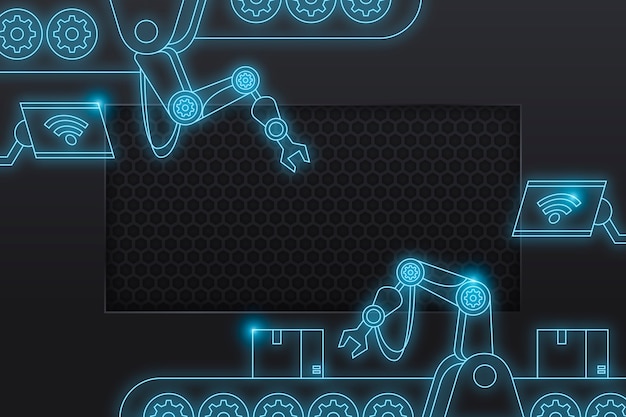In the fast-evolving landscape of industrial electrical design, the quest for precision and efficiency has never been more critical. As industries grapple with the challenges of rising energy demands and increasing complexity in systems, the integration of field-tested simulations emerges as a beacon of innovation.
These simulations offer engineers a robust framework to visualize and analyze intricate electrical networks, allowing for the fine-tuning of design parameters before implementation. Imagine being able to preview the performance of a circuit under various operational scenarios—from peak loads to fault conditions—without the risk of costly on-site errors.
By leveraging real-world data and advanced modeling techniques, professionals can not only enhance reliability but also uncover new avenues for energy savings. This article delves into the transformative potential of simulations in industrial electrical design, exploring how they can bridge the gap between theoretical concepts and practical applications while paving the way for the next generation of energy-efficient systems.
Challenges in Traditional Electrical Design

Traditional electrical design in industrial settings often grapples with a multitude of challenges that can hinder efficiency and effectiveness. One major issue is the reliance on outdated methodologies, which tend to overlook the dynamic nature of modern electrical systems.
Engineers frequently face the daunting task of integrating legacy components with advanced technologies, leading to compatibility issues and increased risk of failure. Additionally, the complexity of regulatory standards can stifle innovation as designers struggle to navigate a labyrinth of compliance requirements.
Communication gaps among interdisciplinary teams further exacerbate the problem, often resulting in errors that could have been avoided with more collaborative approaches. As a consequence, projects may experience costly delays and exceed budgets, highlighting the urgent need for more adaptive and forward-thinking solutions in electrical design.
Field-Tested Simulations: A Closer Look
Field-tested simulations represent a transformative leap in the realm of industrial electrical design, marrying theoretical principles with real-world performance. Unlike traditional methods that often rely solely on estimates and assumptions, these simulations immerse engineers in a virtual landscape where every minor adjustment can yield significant insights.
Imagine navigating through a dynamic environment where adjustments to load, voltage fluctuations, and environmental factors can be instantly quantified and visualized. This hands-on approach allows for the identification of potential failures before they manifest in actual systems, dramatically enhancing reliability.
Moreover, the richness of data provided by these simulations fosters a deeper understanding of complex interactions within electrical systems, equipping engineers with the tools to innovate and fine-tune their designs with unprecedented precision. As industries continue to evolve, embracing this technology not only streamlines the design process but also empowers creators to push the boundaries of what’s possible.
Future Trends in Electrical Design Simulations

As we look towards the future of electrical design simulations, several groundbreaking trends are poised to reshape the landscape of industrial design. The integration of artificial intelligence and machine learning algorithms stands out, offering unprecedented opportunities for real-time analysis and optimization of designs.
Imagine a scenario where simulations predict potential failures before a prototype ever sees the light of day—this is no longer a distant dream but an emerging reality driven by advanced predictive analytics. Moreover, the push for sustainability will lead to an influx of eco-friendly simulation tools, enabling engineers to assess energy efficiency and environmental impact from the earliest design stages.
Virtual and augmented reality technologies will further enhance the design experience, allowing for immersive interactions with intricate systems in a virtual environment. As these innovations converge, the electrical design process will not only become more efficient but also more intuitive, pushing the boundaries of what is possible in industrial applications.
Each of these elements promises to cultivate a new era of innovation, creating a dynamic playground for engineers eager to improve upon traditional methodologies.
Conclusion
In conclusion, the integration of field-tested simulations into industrial electrical design has proven to be a transformative approach that enhances both efficiency and reliability. By leveraging advanced modeling techniques, engineers can conduct thorough power systems analysis, which allows for accurate predictions of system behavior under various operational scenarios. This not only minimizes risks associated with design flaws but also optimizes resource allocation and investment.
As industries continue to evolve and embrace new technologies, the importance of employing simulation tools will undoubtedly grow, paving the way for more robust and innovative electrical designs. Embracing these methodologies not only advances the field of electrical engineering but also contributes to the overall sustainability and resilience of industrial operations.


